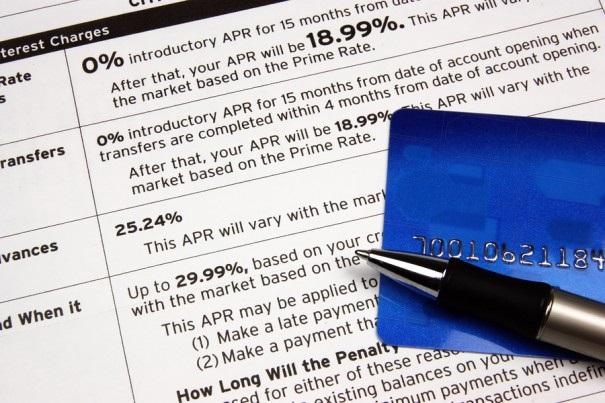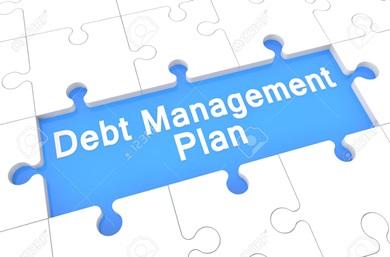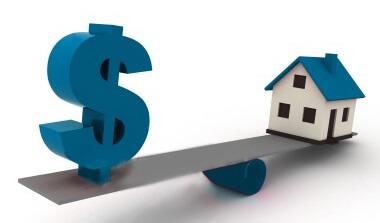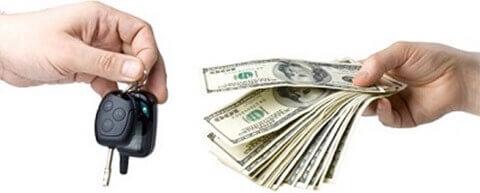Whether you’re drowning in credit card debt or simply want to reduce the number and amount of payments you make each month, consolidating credit cards is a savvy financial move. However, all methods of consolidating credit cards are not created equal. The ten strategies below vary from extremely desirable to approaches that should be considered only as a last resort. That said, there are circumstances where it makes sense to utilize less desirable strategies to get your credit card
debt down to size.
Get Competing Debt Consolidation Loan Offers
Consolidate your debt into one manageable loan with better rates and terms.
It's quick, easy and won’t hurt your credit score.
Snowball Your Monthly Payments

This strategy is especially useful if you’re only making minimum payments on your credit cards, because you’ll continue to do so – with one exception. Select one of your credit cards – perhaps the card with the highest balance or APR – and increase the amount you pay as much as possible. Skip the morning latte or have potluck dinners with friends rather than going out, to generate extra cash to apply to that single
payment. Once the first card is paid off, apply the same payment to the next card while continuing to make minimum payments on your remaining cards. Rinse and repeat until all your credit card balances have been paid off – which will happen sooner than you realize.
Transfer Balances to an Existing Credit Card

This strategy works best if your overall
credit card balances are small or you have a credit card with a large credit limit and a reasonable APR – or both. The advantage of this approach is that you won’t have to apply for new credit – which means no hard credit pulls. If it’s not possible to transfer all your balances to one card at once, transfer several smaller balances onto a single card. You’ll have fewer monthly payments to make, plus you can repeat the process later once you’ve paid down the balances on the first batch of credit card accounts transferred onto the large credit limit card.
Open a New Balance Transfer Program Credit Card Account

If your credit is good enough, you may qualify for desirable balance transfer credit card offers. If so, look for a card with an APR promotional period of at least a year if possible, along with low or no balance transfer fees. The disadvantage of this strategy is that you must subject your credit report to at least one hard pull, which will lower your FICO score slightly. Fortunately many credit card companies allow you to “prequalify” by performing a “soft” credit pull which doesn’t adversely affect your credit.
Adopt a Debt Management Plan

If your credit card debt has become unmanageable, credit counseling and a debt management plan may be your best solution. With a debt management plan, you make a single monthly payment to the debt management company, which distributes the funds among your creditors according to your predetermined plan. Debt management plans often include lower interest rates for included debts, which results in lower overall payments. If you decide to go that route, shop around before settling on a company act on your
behalf. Look for a company with personnel on staff experienced in dealing with credit card debt – and which is properly licensed or registered in your state.
Take a Cash Out Refinance Mortgage Loan

If you’re a homeowner, you may be able to refinance your home at a lower interest rate, and extract the savings as a cash loan. To make this strategy work you’ll need
good credit and substantial equity. Also, as of August 2015, interest rates for mortgages are low – but if rates rise in the future, this strategy becomes much less attractive.
Obtain a Home Equity Line of Credit (HELOC)

A home equity line of credit (HELOC) takes a slightly different approach to tapping into part of the equity of your home. HELOCs carry higher interest rates and shorter repayment periods than cash out refinancing. However, closing costs for HELOCs are lower because HELOCs are generally smaller loans.
Acquire an Unsecured Personal Loan

An unsecured personal loan from your bank or credit union will almost certainly carry a smaller APR than nearly all credit cards, and have repayment periods as long as five years or longer.. However, you’ll need good credit and plenty of patience. Banks (and to a lesser extent, credit unions) have strict underwriting requirements for unsecured
personal loans – and the application process can be lengthy. Loans from nonbank lenders often carry interest rates as high or higher than those for your credit cards, which greatly diminishes their usefulness for consolidating your debt.
Get a Secured Personal Loan

Credit card debt is generally considered to be unsecured debt. That is, defaulting on credit card debt doesn’t directly result in repossession by creditors. By consolidating your credit card debt with a secured personal loan, you’re effectively converting your credit card debt into
secured debt. Nonetheless, if you’re reasonably certain that you can repay a secured loan, and you can obtain financing with a reasonably low APR, it might be an option worth considering.
Request a Loan from Friends and/or Family Members
Many long-standing friendships and close family ties have been strained to the breaking point because of unpaid debts. If you decide to turn to your loved ones for financial assistance, be honest with yourself (and your benefactor) about your ability to repay the loan and draw up an agreement in writing. The agreement doesn’t have to be transcribed on parchment and written in dense legalese – a simple document stating the amount of the loan and the repayment terms will suffice.
Borrow Against Your Retirement Account

Draining your retirement account to pay off credit card debt is undesirable on so many levels. If you’re in this much financial distress, bankruptcy might be a better option. If you borrow against your retirement account and are unable to repay the loan, you’ll face hefty tax penalties However, borrowing against your 401(K) does not require a credit check, and interest rates are low. Nonetheless, it’s wise to obtain financial advice before taking such a drastic step.
AH
Audrey Henderson
Audrey Henderson is a Chicagoland-based writer and researcher. She holds advanced degrees in sociology and law from Northwestern University. Her writing specialties are sustainable development in the built environment, policy related to arts and popular culture, socially and ecologically responsible travel, civic tech and personal finance.
Share this post: